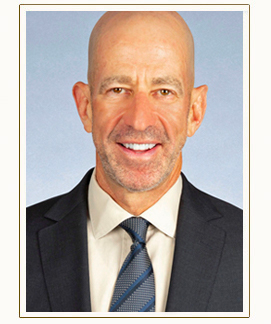Health care legislation currently being considered by Congress includes steep cuts to the Medicaid program, which advocates for seniors and people with disabilities say will cause tremendous harm.
The U.S. House of Representatives passed its version of the legislation, the American Health Care Act, on May 4, 2017. The U.S. Senate is now considering its amended version, which is called the Better Care Reconciliation Act (BCRA). The bill is a move by Republican lawmakers to repeal major parts of the Affordable Care Act, passed under President Obama.
The nonpartisan Congressional Budget Office said that under the BCRA, the number of uninsured people would increase by 15 million next year, and by 22 million by 2026.
Critics have numerous objections to the bill, but advocates for seniors and people with disabilities have focused on the harm they say will be caused by cuts to Medicaid, the joint federal and state program that insures nearly one in five Americans.
The Affordable Care Act expanded eligibility for Medicaid, though states could opt out. The BCRA would phase out that expansion by 2024, and would make further cuts as well, by permanently restructuring the program. Medicaid is a partnership between the federal government and the states, and the new legislation would cap the amount contributed by the federal budget, leaving states to make up the difference or cut benefits.
Medicaid is the nation’s largest government health care program, covering more people than Medicare. Medicaid covers 64 percent of all nursing home residents, 60 percent of all children with disabilities, 30 percent of all adults with disabilities, 76 percent of poor children and 49 percent of all births.
Some nursing home residents could be forced out by the cuts. Under federal law, state Medicaid programs must cover nursing home care, but the Center for Medicare Advocacy predicted that under the budgetary pressures that would be imposed under the BCRA, states would have to limit how much they pay, or restrict eligibility. The AARP said that under the new legislation, older adults could also be charged up to five times more for health insurance than younger people. Under the Affordable Care Act, rates are capped at three times more.
 People with disabilities say that cuts to Medicaid would be devastating, likely resulting in reduced access to home and community-based services that allow many to live independently rather than in institutions.
People with disabilities say that cuts to Medicaid would be devastating, likely resulting in reduced access to home and community-based services that allow many to live independently rather than in institutions.
The BCRA is opposed by the Arc, the AARP, the American Hospital Association, the American Medical Association and the American Cancer Society’s action network.
Concerned citizens can contact their representatives in Congress by calling the U.S. Capitol switchboard at 202-224-3121.
Learn more about elder law, estate planning and special needs planning at http://www.elderlawnewyork.com and www.littmankrooks.com. Have questions about this article? Contact us.
Was this article of interest to you? If so, please LIKE our Facebook Page by clicking here.




